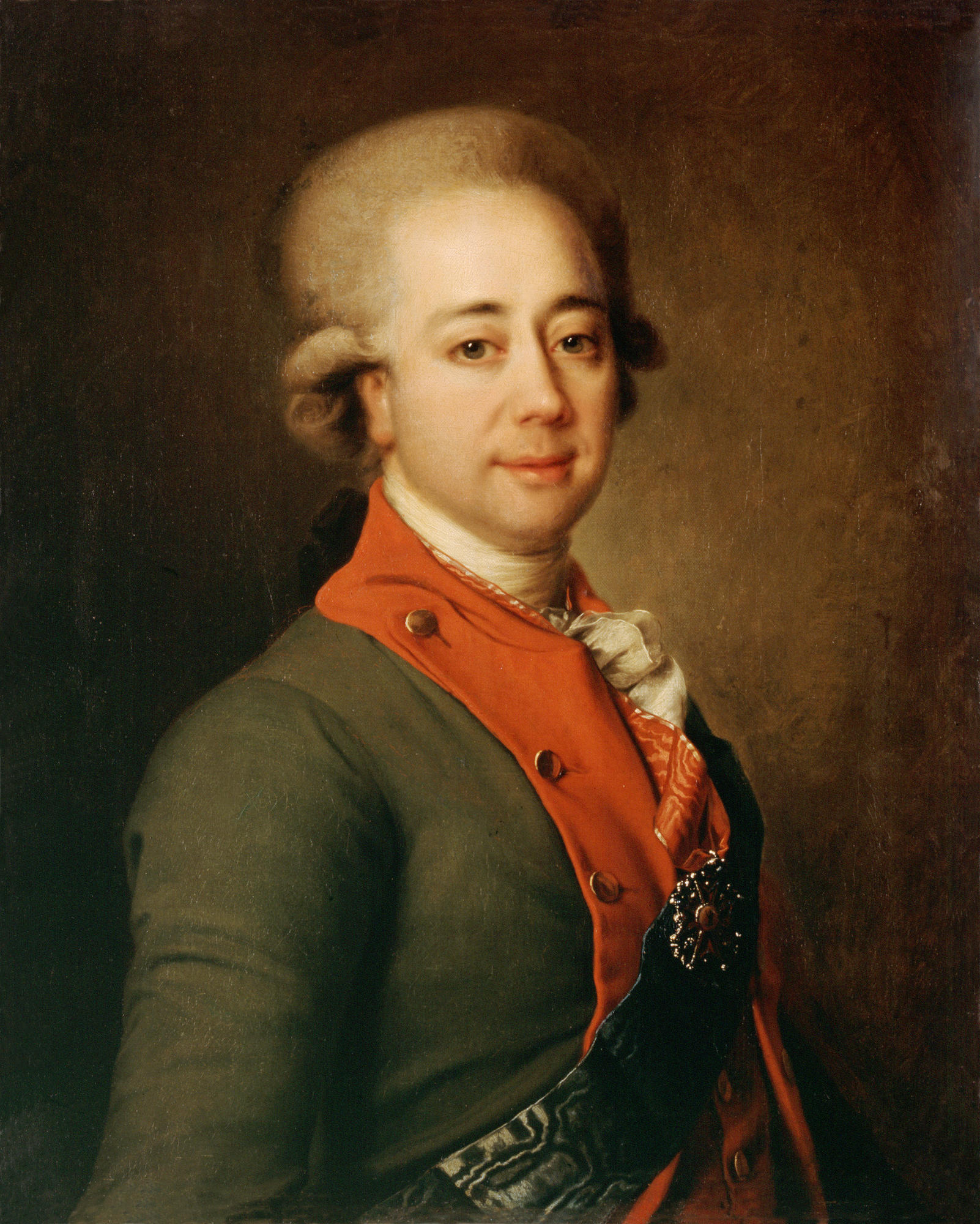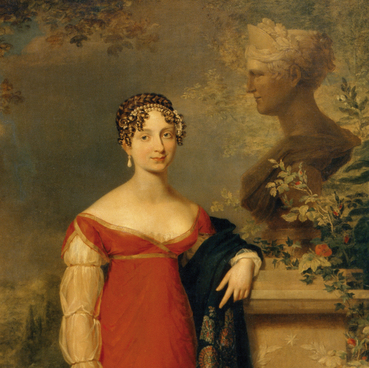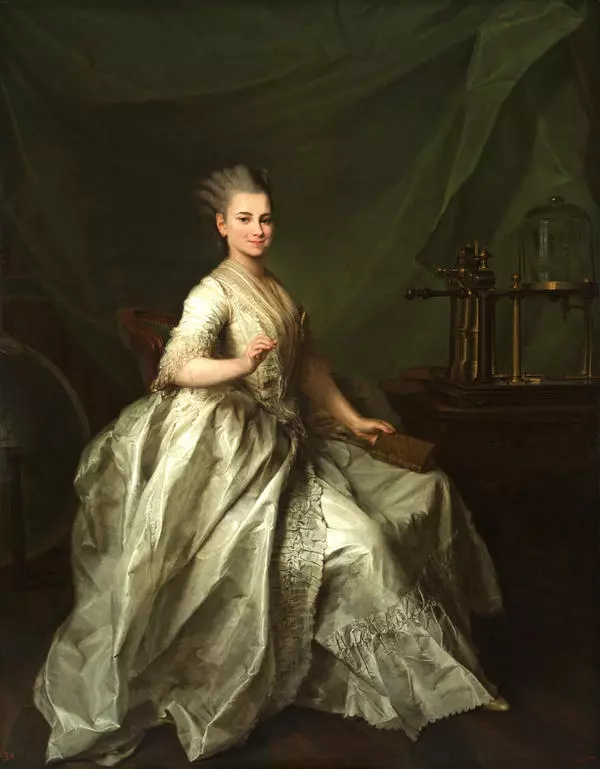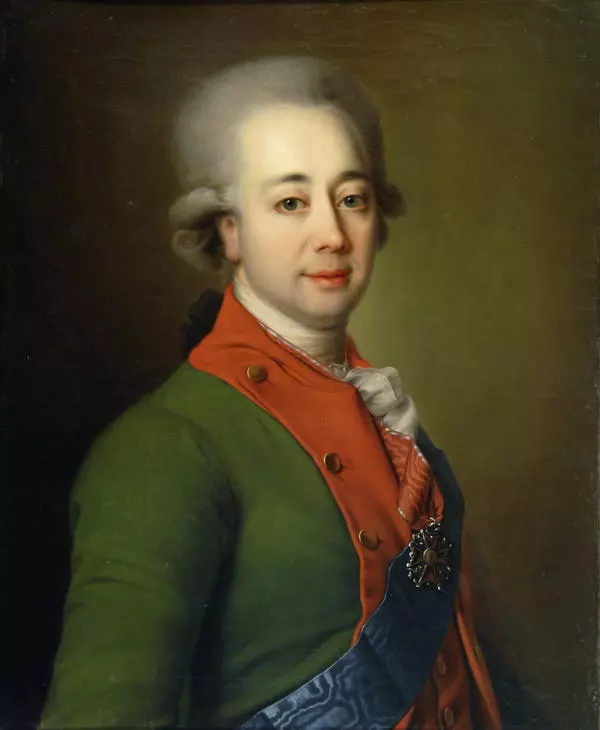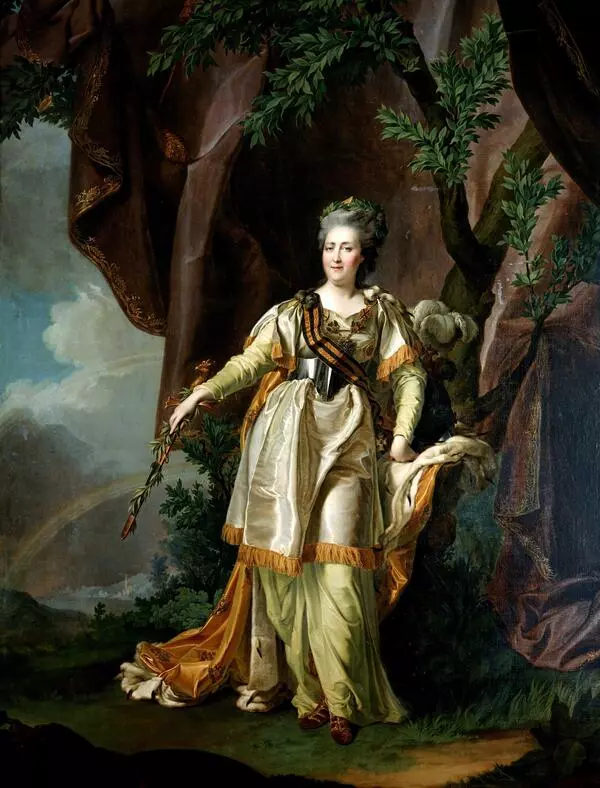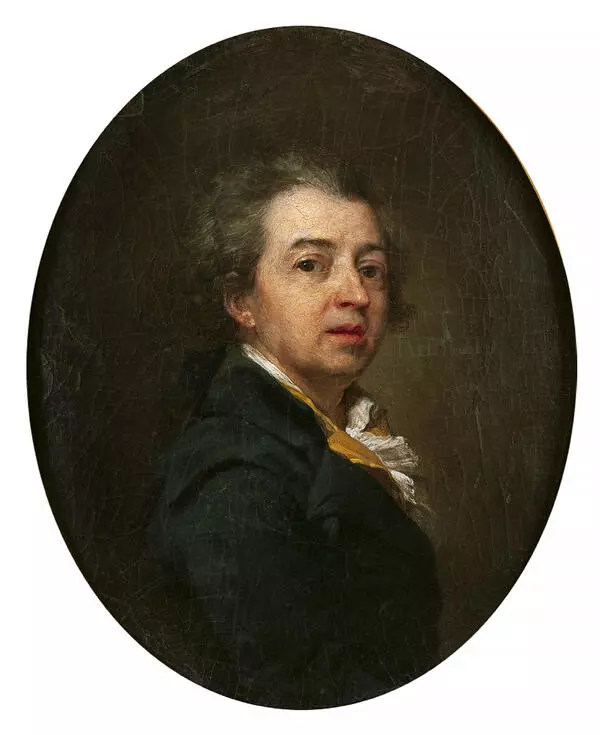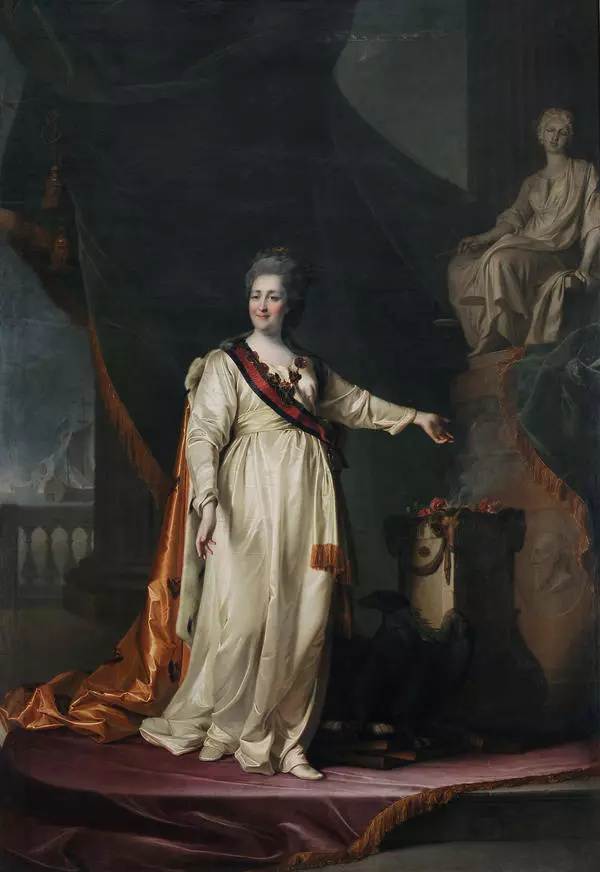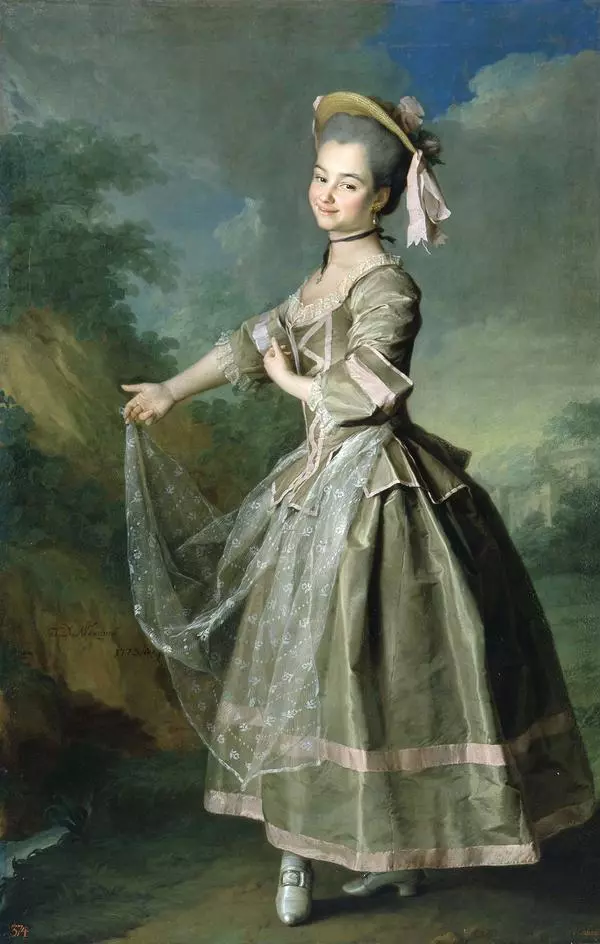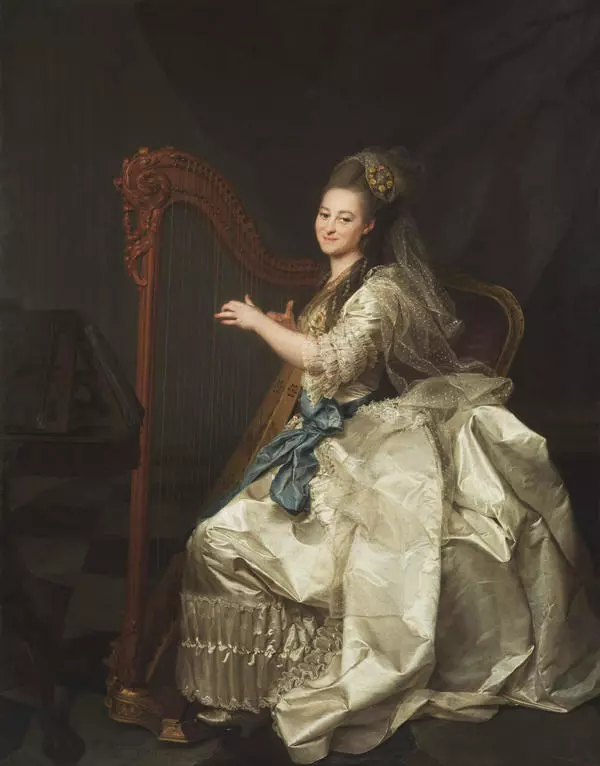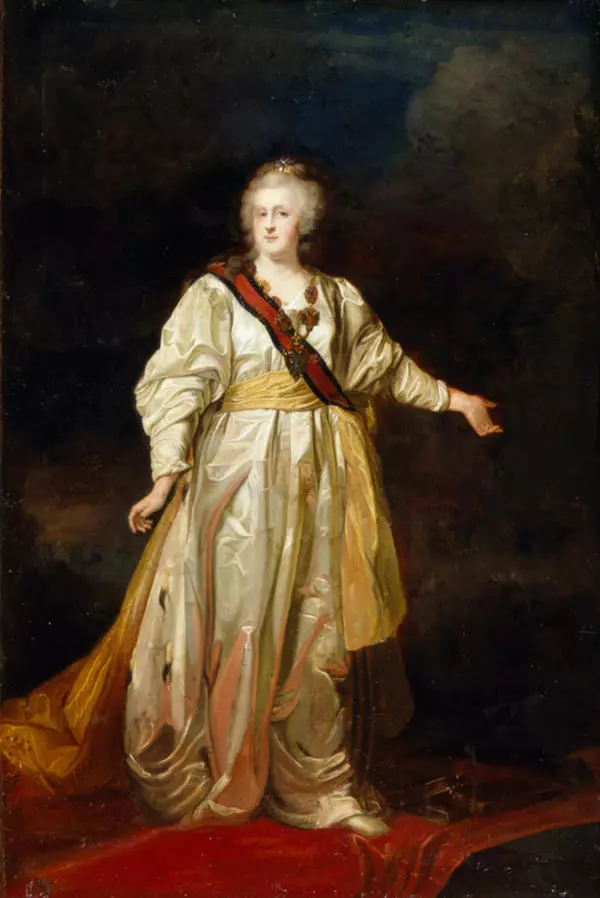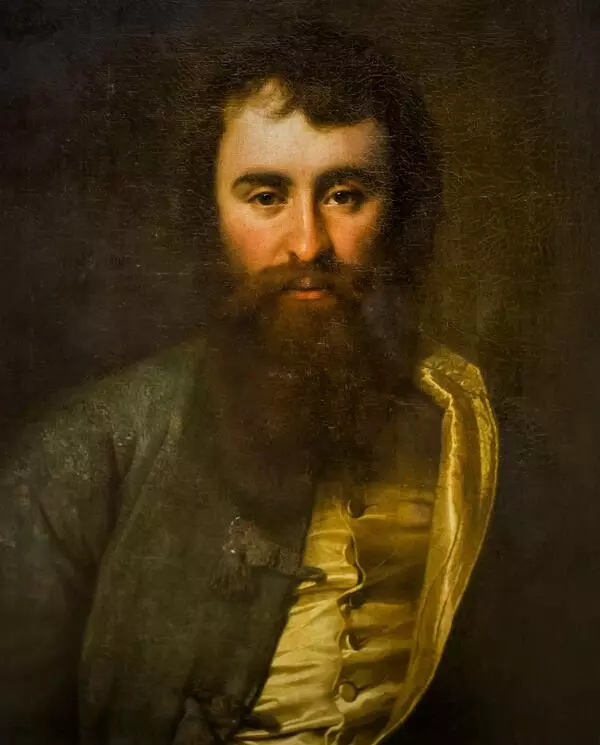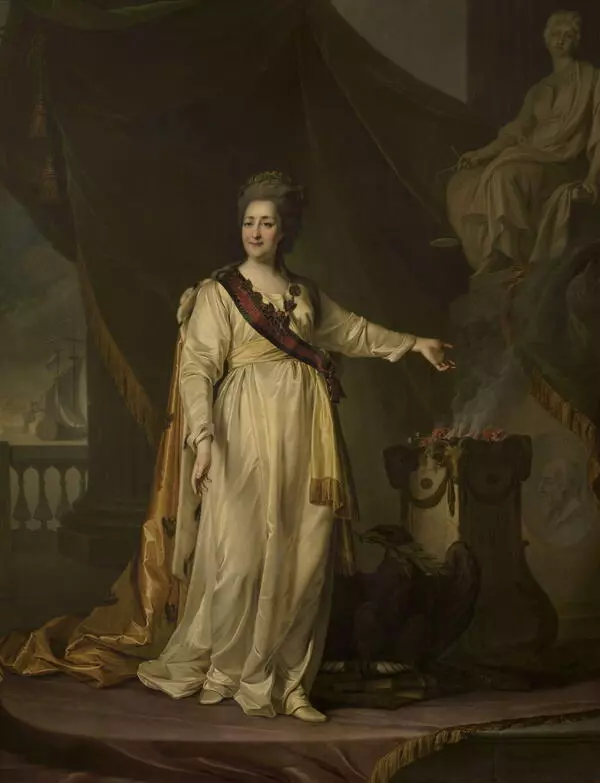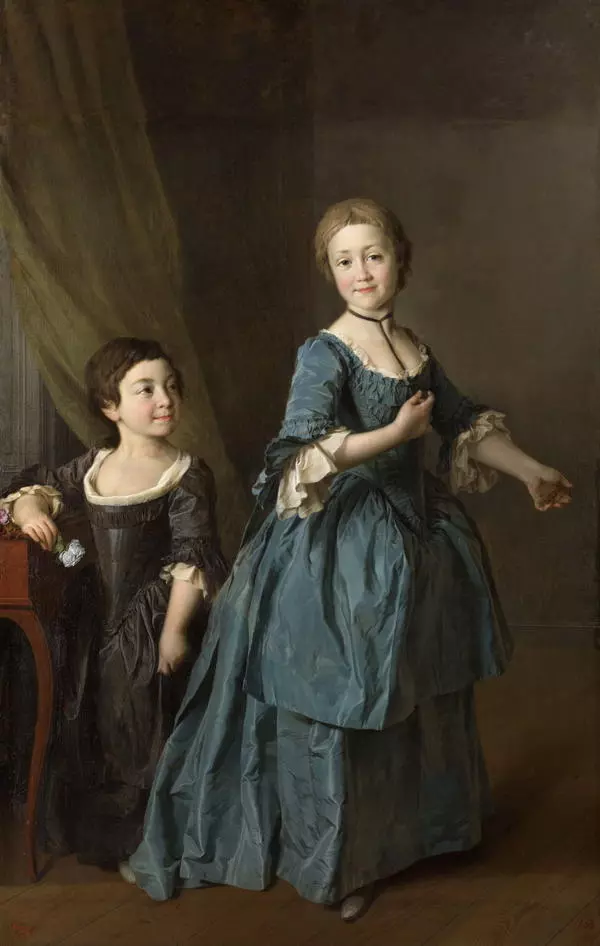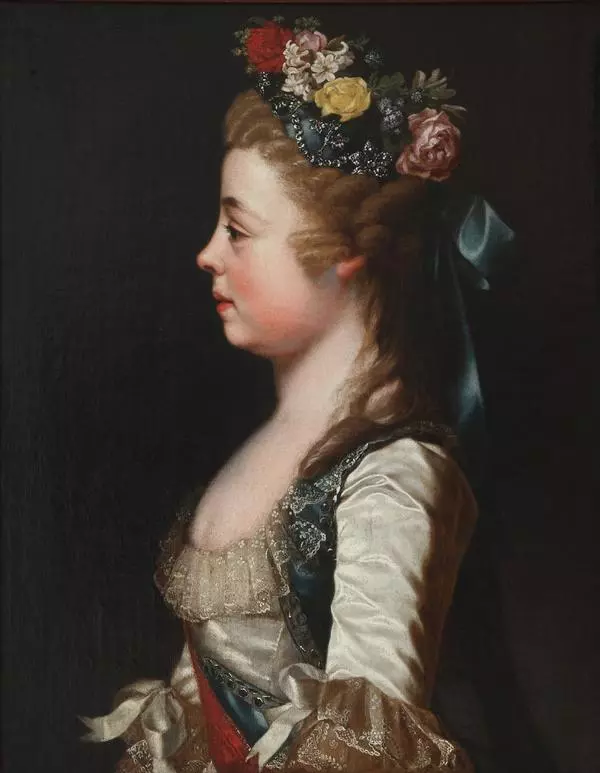Dmitry Levitsky was a famous Russian artist and portrait painter. He was taught by his father, a priest and engraver Grigory Nos from Kiev, who later changed his surname to Levitsky. Subsequently, the artist was trained by Alexei Antropov, who was one of the first in Russia to paint secular portraits. In 1758, Dmitry Levitsky moved to Saint Petersburg, and in the 1760s he worked in Moscow.
Dmitry Levitsky was given the rank of Appointed Artist in 1769, of Academician in 1770, and of Counselor in 1776. From 1771 to 1787, he led the portraiture class at the Academy of Arts in Saint Petersburg. Levitsky influenced the development of such artists as Pyotr Sokolov, Vladimir Borovikovsky, and others.
Unlike many 18th-century Russian portrait painters, Dmitry Levitsky regarded portraits as something bigger than just images of specific people. In his paintings, he sought to show a person as a member of society, and as an individual who, apart from physical characteristics, had a character, feelings, and thoughts.
Dmitry Levitsky created portrait paintings that depicted people in their natural context and a certain emotional state. Already in his early works, the artist demonstrated his ability to take note of distinctive features of his models, their expressive poses or gestures, and to combine this with vibrant colours and a rich selection of tones. In the 1780s, Levitsky created a whole gallery of portraits of famous people, including Catherine II, Denis Diderot, Maria Dyakova, Alexander Kokorinov, Nikolai Novikov, and many others.
This moderately sized semi-formal Portrait of Baron A. N. Stroganov has all features of the portraiture of the 18th century: a half-length image, neutral background, and prominent accessories indicating the rank and merits of the portrayed person. Levitsky placed greater emphasis on the eyes of Alexander Stroganov: they reflect his agile mind and the active energy of the educated nobleman. The artist also showed that the Baron was a well-groomed and smart man, but this did not obscure his spirituality reflected in the portrait.
Baron Alexander Stroganov started his military career with the Horse Guards and retired from service when he was in the rank of General-in-Chief. He was married to Elizabeth Zagryazhskaya, and he had a son and two daughters. His son, Grigory, was later given the title of Count. In the portrait, Dmitry Levitsky pictured Stroganov with badges of Polish orders, the Order of the White Eagle and the Order of Saint Stanislaus.
Dmitry Levitsky was given the rank of Appointed Artist in 1769, of Academician in 1770, and of Counselor in 1776. From 1771 to 1787, he led the portraiture class at the Academy of Arts in Saint Petersburg. Levitsky influenced the development of such artists as Pyotr Sokolov, Vladimir Borovikovsky, and others.
Unlike many 18th-century Russian portrait painters, Dmitry Levitsky regarded portraits as something bigger than just images of specific people. In his paintings, he sought to show a person as a member of society, and as an individual who, apart from physical characteristics, had a character, feelings, and thoughts.
Dmitry Levitsky created portrait paintings that depicted people in their natural context and a certain emotional state. Already in his early works, the artist demonstrated his ability to take note of distinctive features of his models, their expressive poses or gestures, and to combine this with vibrant colours and a rich selection of tones. In the 1780s, Levitsky created a whole gallery of portraits of famous people, including Catherine II, Denis Diderot, Maria Dyakova, Alexander Kokorinov, Nikolai Novikov, and many others.
This moderately sized semi-formal Portrait of Baron A. N. Stroganov has all features of the portraiture of the 18th century: a half-length image, neutral background, and prominent accessories indicating the rank and merits of the portrayed person. Levitsky placed greater emphasis on the eyes of Alexander Stroganov: they reflect his agile mind and the active energy of the educated nobleman. The artist also showed that the Baron was a well-groomed and smart man, but this did not obscure his spirituality reflected in the portrait.
Baron Alexander Stroganov started his military career with the Horse Guards and retired from service when he was in the rank of General-in-Chief. He was married to Elizabeth Zagryazhskaya, and he had a son and two daughters. His son, Grigory, was later given the title of Count. In the portrait, Dmitry Levitsky pictured Stroganov with badges of Polish orders, the Order of the White Eagle and the Order of Saint Stanislaus.
